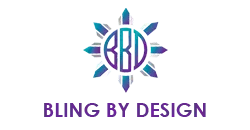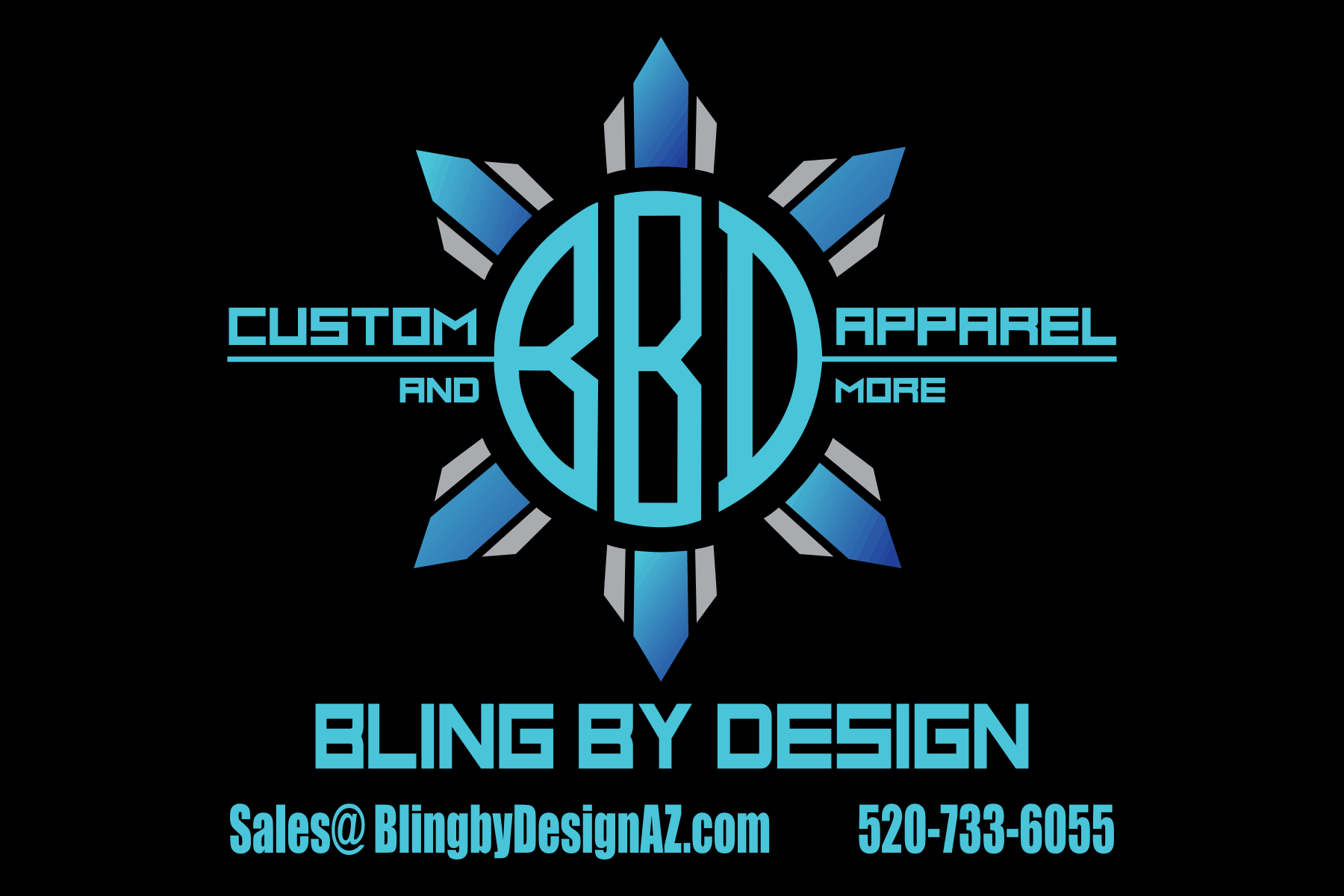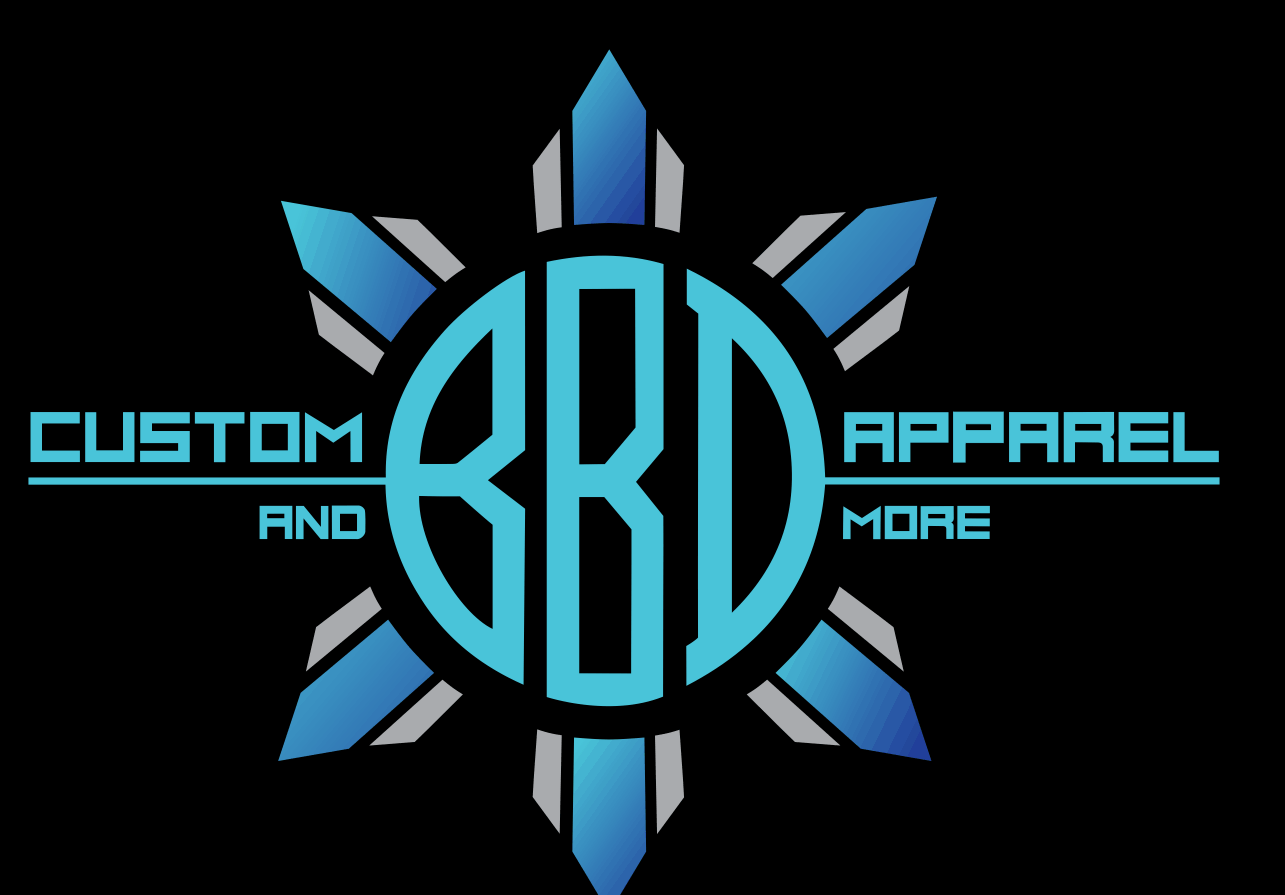What is the difference between cross stitch and embroidery
AZ Marketing Masters • February 25, 2025
What is the Difference Between Embroidery and Cross Stitch?
When it comes to adding that personal, artistic touch to textiles, needlework techniques like embroidery and cross stitch have long been cherished for their creativity and versatility. While both share the common thread—pun intended—of transforming fabric with colorful designs, they diverge in technique, style, and application. In this post, we’ll dive into the similarities and differences between embroidery and cross stitch, and explore how Bling by Design uses advanced embroidery machines to create custom clothing such as hats, t-shirts, and other textiles that truly stand out.
Embroidery: An Artistic Tradition
Embroidery is a broad craft that encompasses a wide range of techniques used to decorate fabric. It involves stitching designs onto a textile using needles and thread or yarn. Traditionally, embroidery was a hand-crafted art, passed down through generations. Over time, as technology evolved, machine embroidery became a game-changer in the world of custom design.
Techniques and Tools
Embroidery is not confined to a single stitch or method. Instead, it includes an array of stitches—from satin stitch and chain stitch to more complex forms like bullion knots and French knots. This versatility allows embroiderers to create intricate patterns, textured effects, and even lifelike imagery on various fabrics.
In today’s fast-paced, design-driven market, machine embroidery has taken center stage. Modern embroidery machines are capable of executing complex designs with exceptional precision and speed. These machines use computer-controlled needles to stitch out designs from digital files, ensuring consistency and quality that would be challenging to replicate by hand.
Commercial Applications
At Bling by Design, embroidery is at the heart of our custom clothing offerings. Our state-of-the-art embroidery machines enable us to imprint detailed logos, slogans, and custom designs on a wide range of textiles—from the classic baseball cap to casual t-shirts and even more specialized apparel. This process not only boosts the visual appeal of the garments but also reinforces brand identity, making them perfect for businesses, teams, and individuals looking to make a statement.
Cross Stitch: A Unique Form of Embroidery
Cross stitch is a specific style within the broader world of embroidery, recognized for its distinctive “X” shaped stitches that form a patterned mosaic. Originating as a popular needlework technique centuries ago, cross stitch has maintained its charm as a beloved craft for both decorative and practical purposes.
The Technique Behind Cross Stitch
Unlike the varied techniques found in general embroidery, cross stitch follows a very systematic approach. The fabric used in cross stitch is typically pre-printed with a grid, which serves as a guide for the pattern. The design is created by forming X-shaped stitches at the intersections of this grid. The simplicity of the method belies its potential for complexity; with careful planning and execution, cross stitch can produce elaborate patterns and detailed images.
Crafting with Cross Stitch
Cross stitch is often associated with handmade crafts and DIY projects. Enthusiasts enjoy its meditative quality—each stitch is a small, deliberate act of creation. While traditionally done by hand, some modern systems can assist with the process by providing templates or pre-printed patterns. However, the essence of cross stitch remains rooted in the tactile, hands-on experience of crafting each X with care.
Similarities Between Embroidery and Cross Stitch
At first glance, embroidery and cross stitch might seem to be worlds apart. Yet, there are notable similarities that connect the two techniques:
Needle and Thread: Both techniques use a needle and thread to decorate fabric. Whether you’re creating a free-form embroidered pattern or a systematic cross stitch design, the fundamental tools remain the same.
Textile Art: Both forms are considered textile arts. They transform ordinary fabric into personalized works of art, infusing life into garments, home decor, and accessories.
Customization: One of the key appeals of both embroidery and cross stitch is their customizability. From personal monograms and intricate logos to decorative patterns, these techniques allow artisans to express individuality and creativity.
Attention to Detail: Whether executing free-form stitches or methodical cross stitch patterns, both require a keen eye for detail. The precision needed in each stitch—be it an elaborate embroidered motif or a perfectly aligned cross—highlights the artistry behind the work.
Key Differences: Technique, Style, and Application
While embroidery and cross stitch share common ground, they also possess distinct differences that set them apart:
Technique and Execution
Embroidery:
Embroidery is a broad term that encompasses various stitching methods. The stitches can flow freely or be precisely arranged, and designs can incorporate a mix of stitch types to create texture and depth. Machine embroidery, in particular, is celebrated for its speed and precision, making it ideal for commercial applications where consistency is key.
Cross Stitch:
Cross stitch, on the other hand, is defined by its uniform “X” stitches. The process is highly structured, relying on a pre-printed grid to maintain symmetry and pattern accuracy. This method is predominantly a hand-stitched craft, though modern aids can help beginners follow the grid. The final product is often more geometric and patterned, reflecting the repetitive nature of the stitches.
Style and Visual Impact
Embroidery:
The visual impact of embroidery can range from subtle and understated to bold and intricate. With the freedom to incorporate multiple stitch types and varying thread thicknesses, embroidered designs can exhibit a range of textures—from smooth satin finishes to raised, textured motifs. This makes embroidery particularly versatile for applications where visual nuance is desired.
Cross Stitch:
Cross stitch designs have a more uniform, pixelated appearance due to their grid-based construction. While this can be limiting in terms of achieving subtle gradients or textures, it lends a charming, vintage aesthetic to the finished product. Cross stitch patterns are often ideal for creating retro, folk art-inspired designs or for projects where a consistent, repetitive look is appealing.
Application in Custom Clothing
In the realm of custom apparel, embroidery holds a clear advantage in terms of versatility and commercial production. The ability to swiftly produce high-quality, detailed designs makes it a favorite choice for companies and individuals alike. Bling by Design leverages this advantage to offer a wide array of custom clothing options:
Hats and Caps:
Embroidery is the go-to method for adding logos, slogans, or decorative patterns to hats. The sturdy nature of embroidered designs ensures that they withstand wear and tear, making them perfect for sports teams, corporate events, and casual fashion statements.
With machine embroidery, Bling by Design can create intricate designs on t-shirts, sweatshirts, and other apparel. The process allows for high precision, ensuring that each piece is consistently rendered with vibrant colors and clear, crisp lines that elevate the garment’s overall aesthetic.
Other Textiles:
Beyond clothing, embroidery can be applied to bags, scarves, and even home textiles like cushions and table linens. The adaptability of the embroidery machine means that no matter the fabric or design, the results are both professional and durable.
Bling by Design: Elevating Custom Apparel with Machine Embroidery
At Bling by Design, we are passionate about turning creative ideas into tangible, wearable art. Our investment in advanced embroidery machines has revolutionized the way we produce custom apparel. Here’s how our process makes a difference:
Precision and Consistency
Our state-of-the-art machines use computer-controlled stitching to ensure that every design is executed with pinpoint accuracy. This means that whether you order a single custom t-shirt or a large batch of branded hats, each piece will display the same high-quality detail and vibrant color reproduction.
Versatility in Design
The flexibility of machine embroidery allows us to work with a variety of fabrics and designs. From delicate logos to elaborate multi-color patterns, our machines can handle a wide spectrum of design complexities. This versatility enables us to cater to a diverse clientele—from local businesses seeking promotional items to individuals looking for unique, personalized clothing.
Durability and Quality
Embroidery is not only about aesthetics; it’s also about longevity. The designs we create are built to last, with threads that withstand repeated washing and everyday wear. This durability is essential for custom clothing, ensuring that your favorite hat or t-shirt remains a standout piece in your wardrobe for years to come.
Local Expertise with a Personal Touch
Being based in Tucson, AZ, Bling by Design understands the importance of community and local flavor. We blend cutting-edge technology with a deep appreciation for traditional craftsmanship, creating custom apparel that resonates with both modern trends and timeless quality. Our commitment to excellence means that every product we produce is not just a piece of clothing, but a statement of style and identity.
Embroidery and cross stitch are both captivating forms of needlework, each with its unique charm and purpose. While cross stitch offers a nostalgic, grid-based approach to creating patterned designs, embroidery provides a broader, more versatile canvas for artistic expression. At Bling by Design, we harness the power of modern embroidery machines to bring custom designs to life on clothing and textiles—ensuring that every hat, t-shirt, and accessory we produce is a perfect blend of art, technology, and local pride.
Whether you’re drawn to the orderly beauty of cross stitch or the expansive creative potential of embroidery, there’s no denying that these techniques enrich the world of custom apparel. By understanding their similarities and differences, you can appreciate the craftsmanship behind each design and the technology that makes it all possible. At Bling by Design, we’re proud to be at the forefront of this creative evolution, turning threads into works of art that celebrate individuality and community alike.




